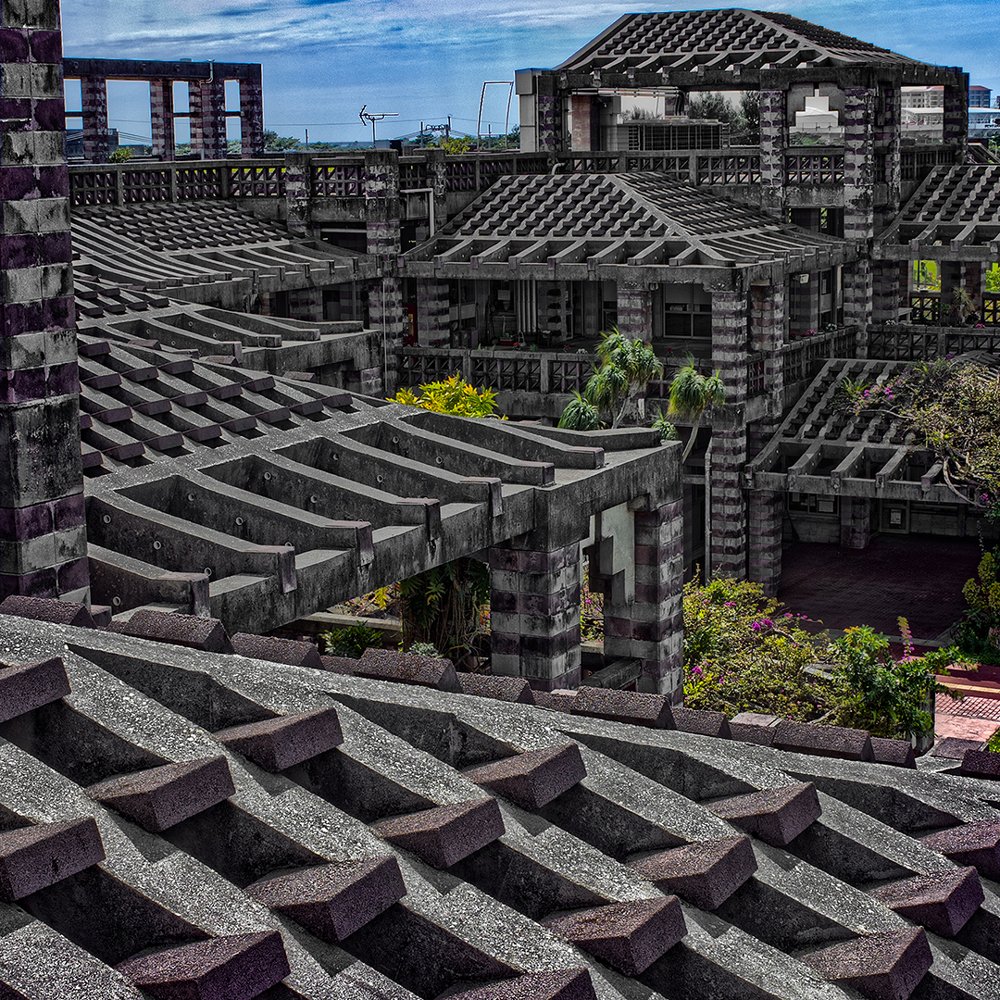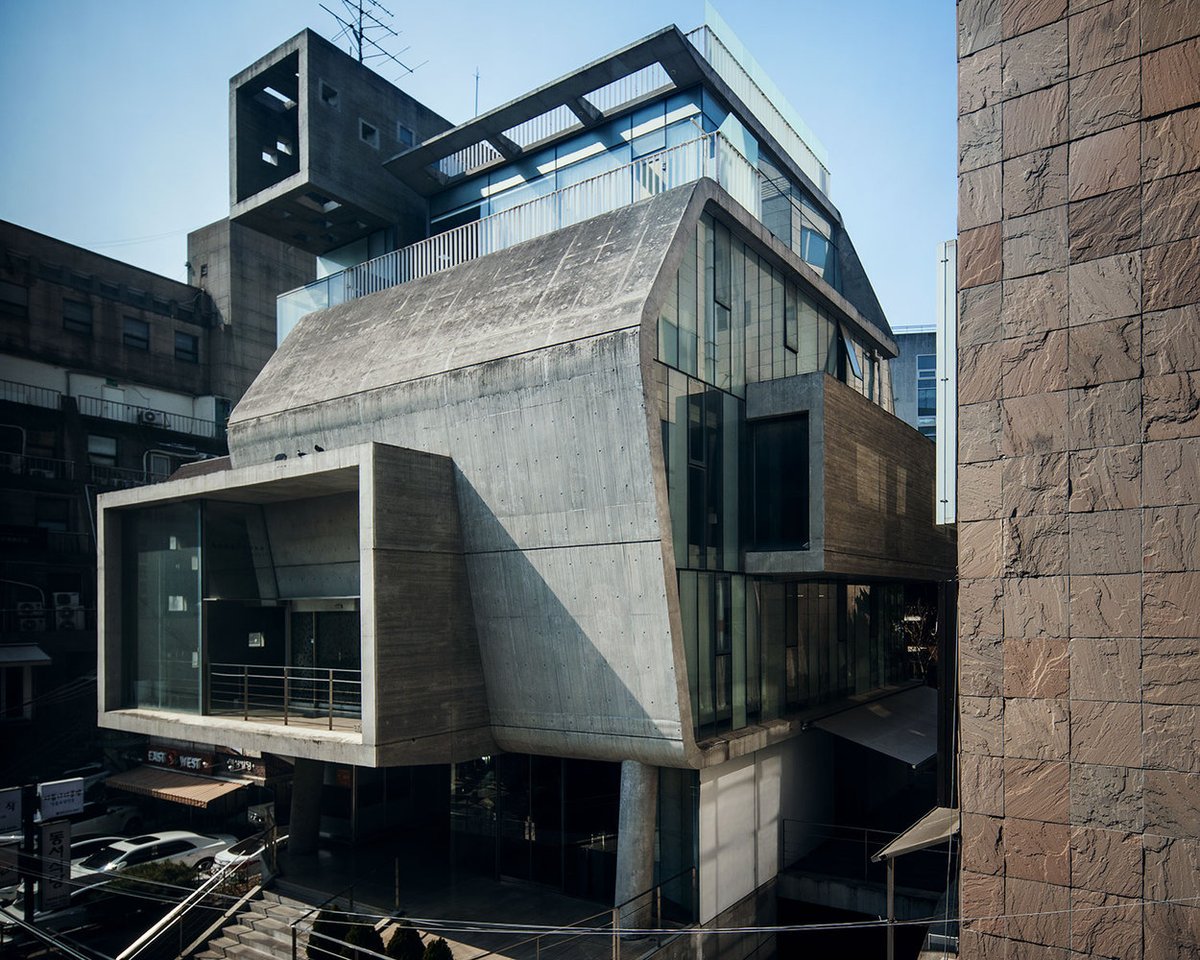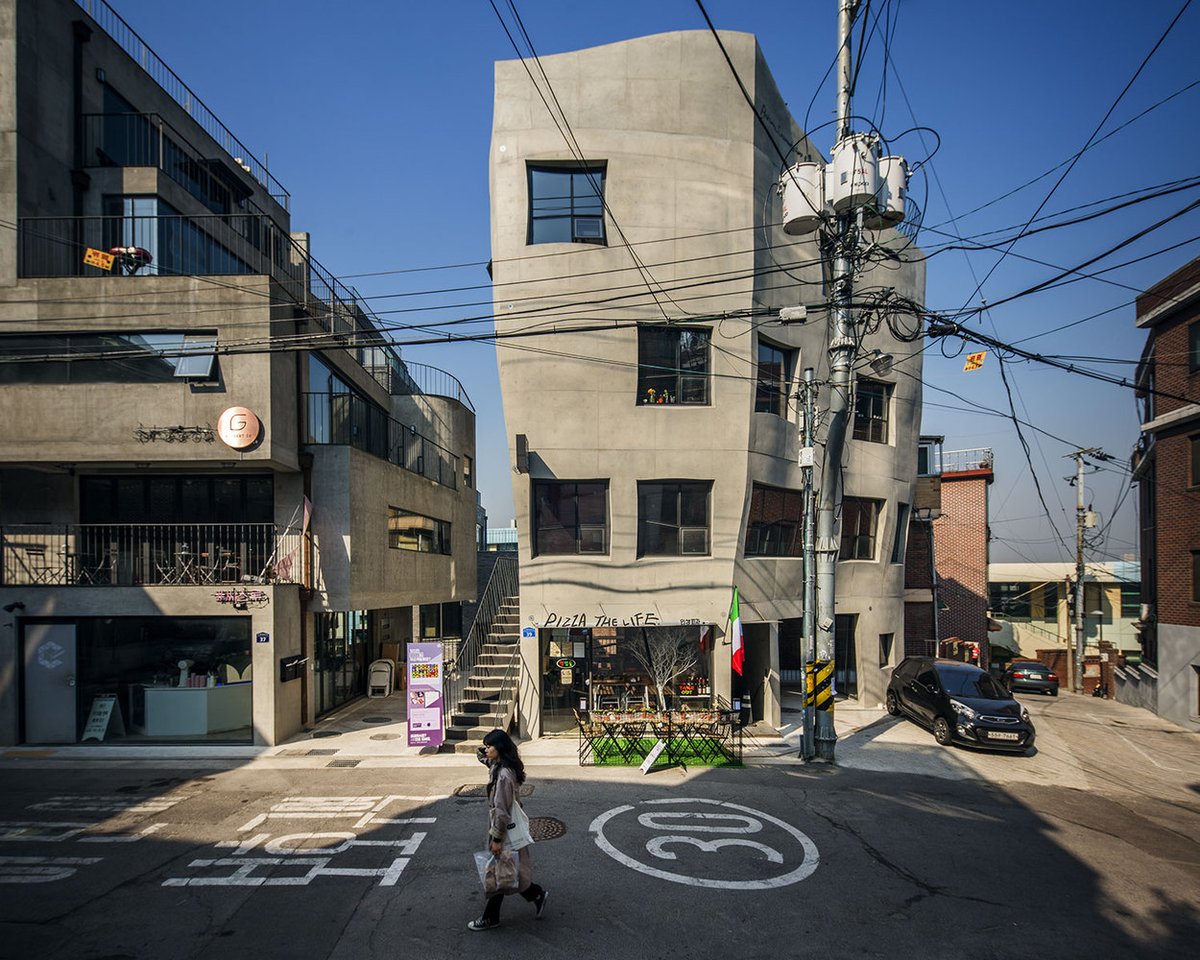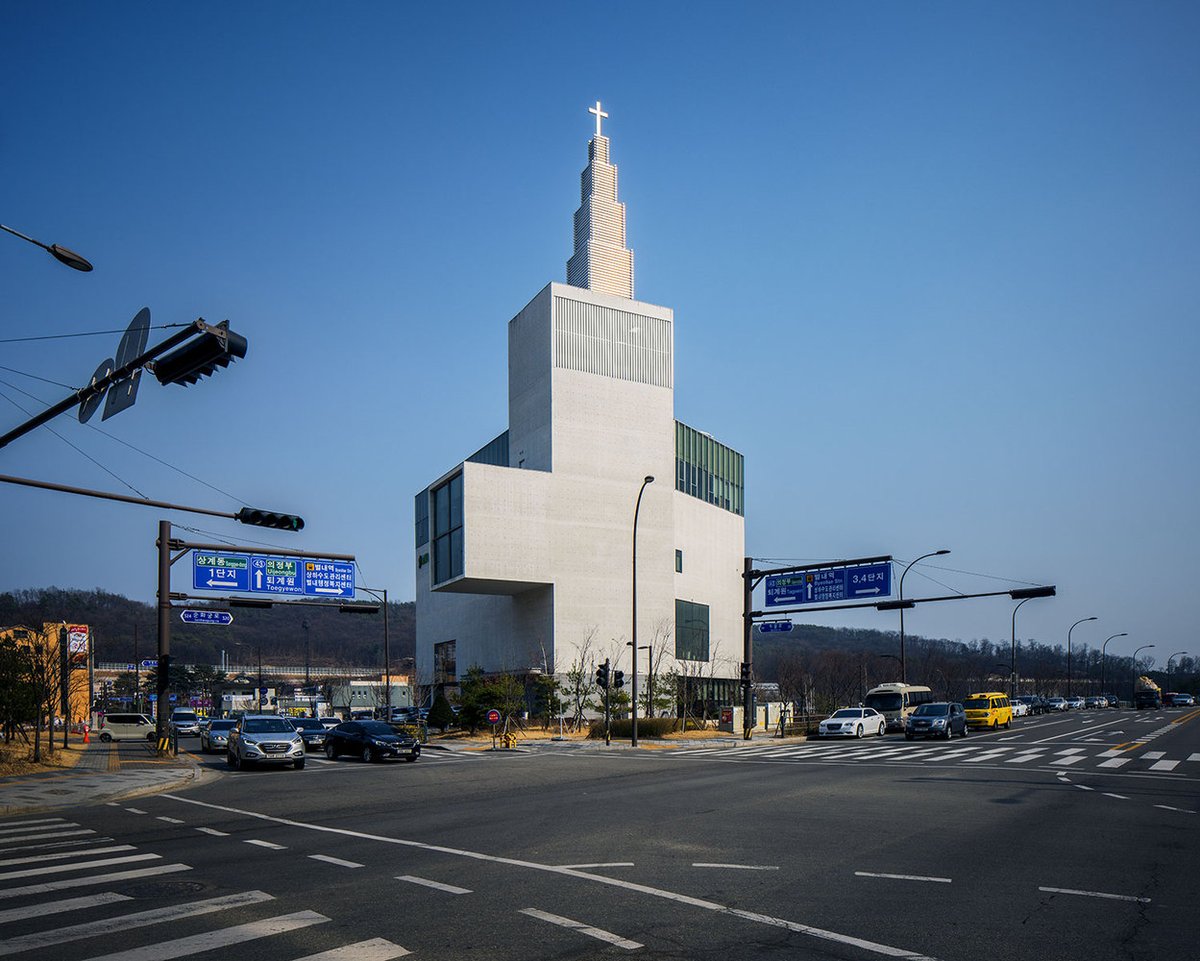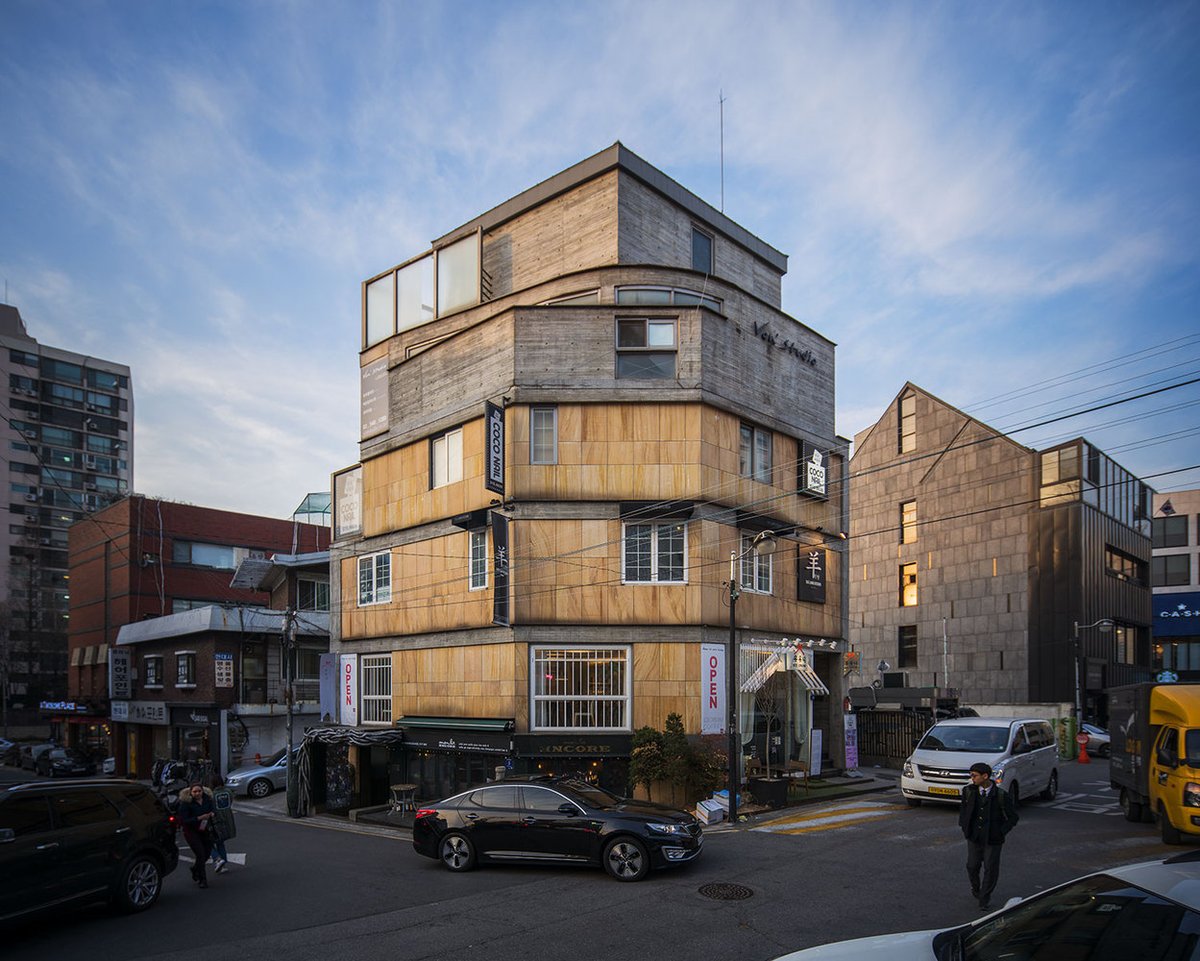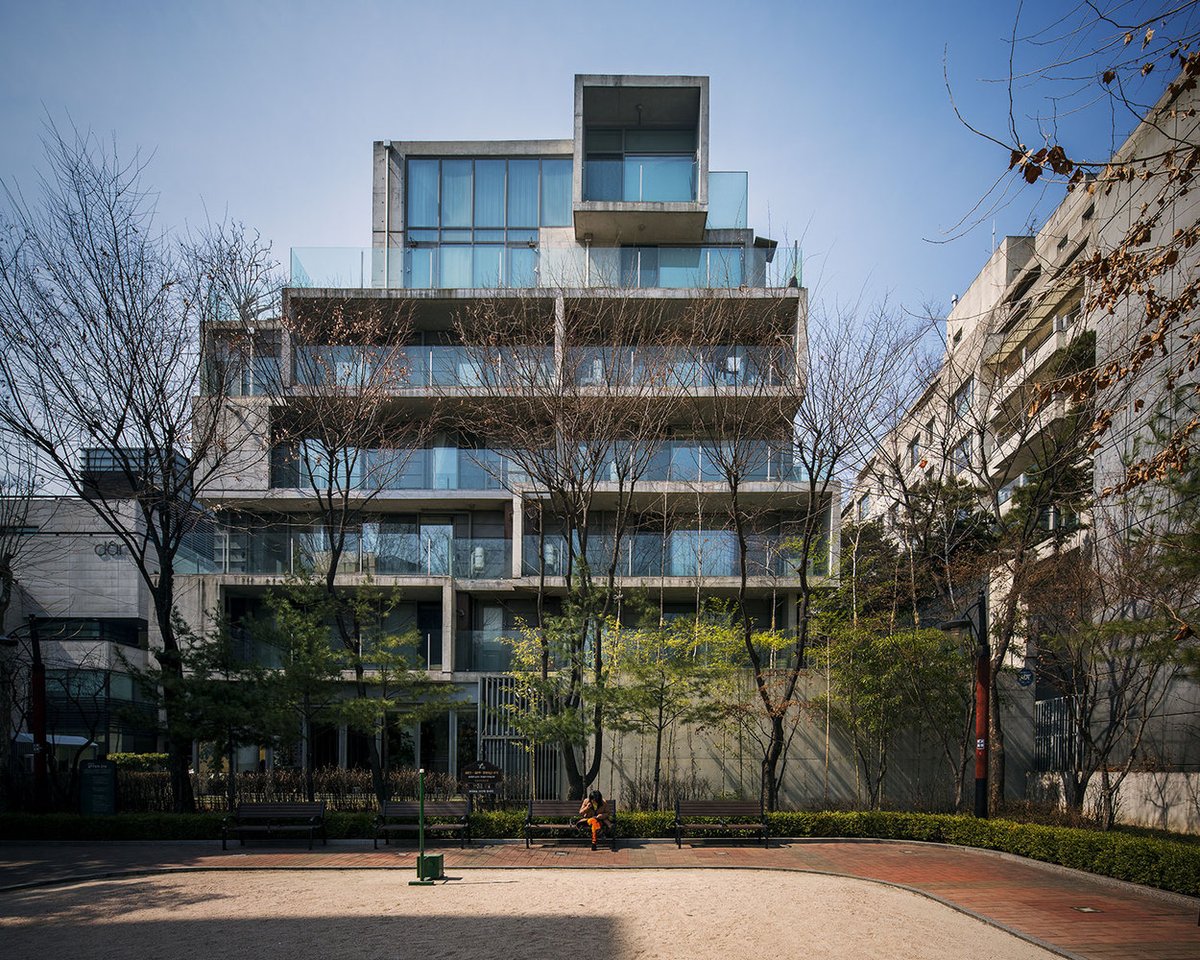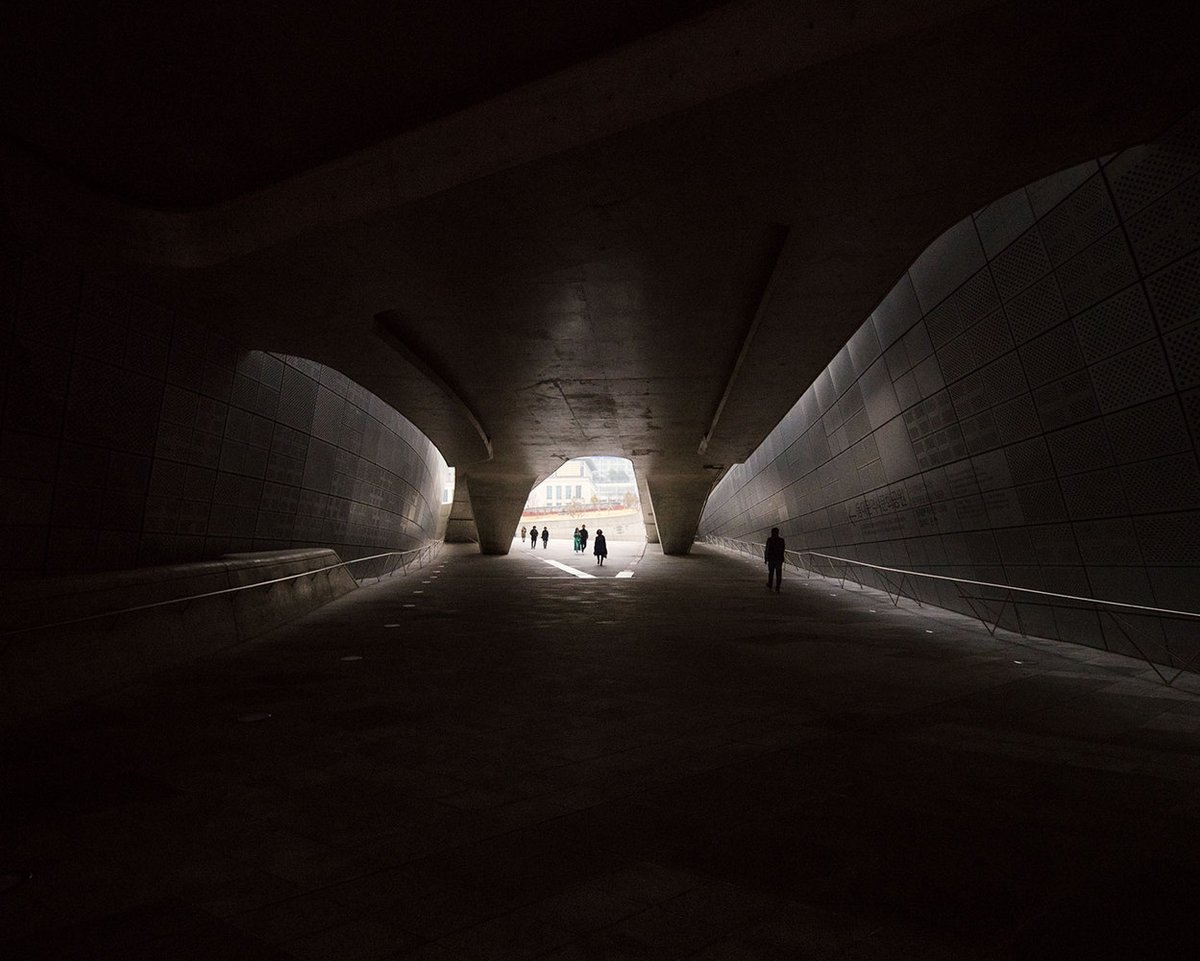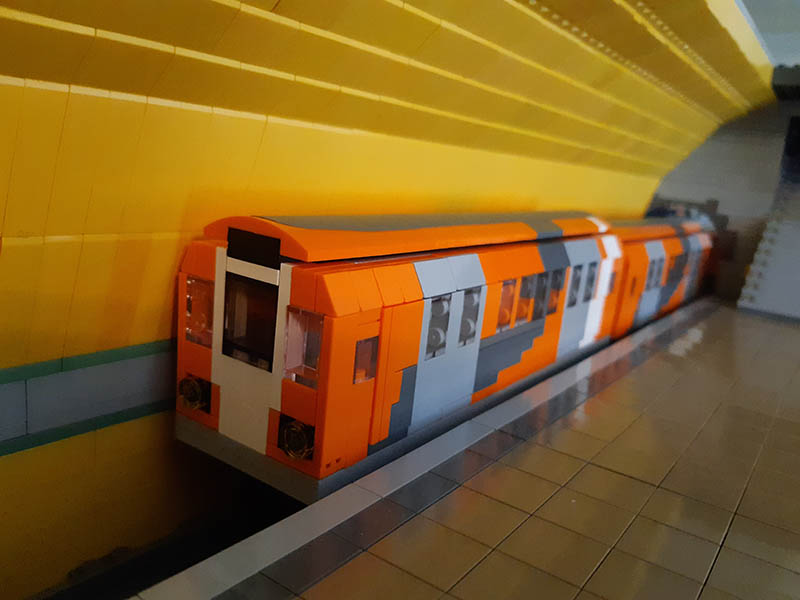Thread. Brutalist architecture in Asia.
China is the largest consumer of cement and concrete in the world, the use of which has peaked in the first two decades of the twenty-first century.
China is the largest consumer of cement and concrete in the world, the use of which has peaked in the first two decades of the twenty-first century.

Used for the construction of extensive infrastructure and buildings, over the last 20 years renowned Chinese architects have been working in and studying the constructive limits and spatial and superficial effects of exposed concrete. 

In the process, they have created a wave of avant-garde architecture in China.
Chinese Brutalism today investigates the compositional, formal, and ornamental reasons for this architecture and its different surface finishes, from rough to smooth.
Chinese Brutalism today investigates the compositional, formal, and ornamental reasons for this architecture and its different surface finishes, from rough to smooth.
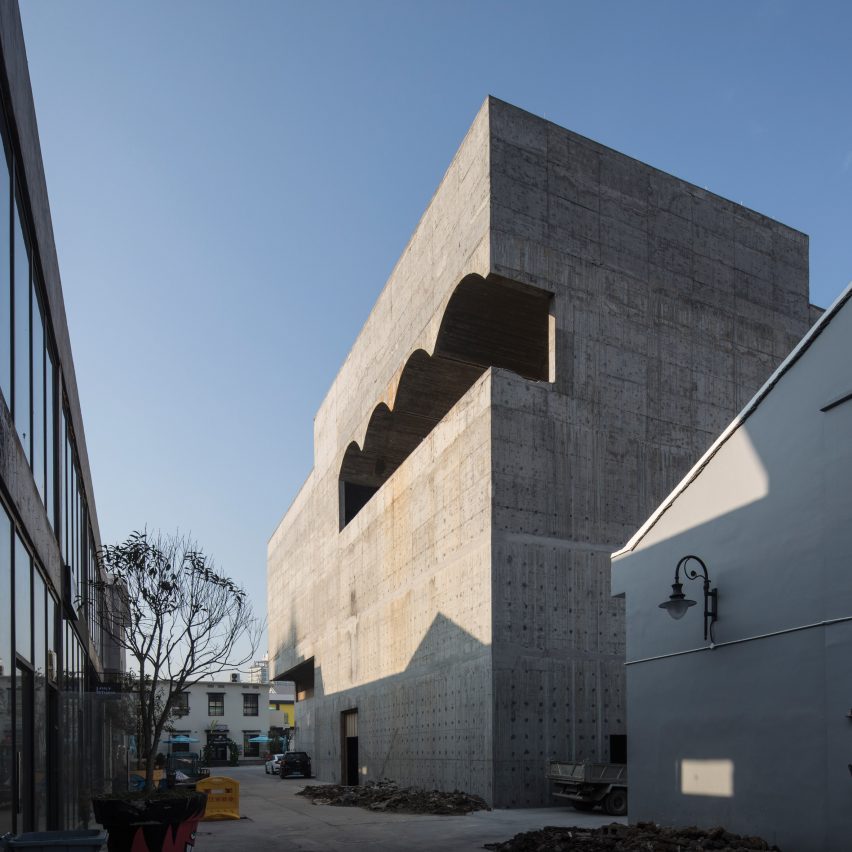
This new wave of Chinese Brutalism is, in large part, a regional evolution and development closely linked to local construction processes and the available labor force. 
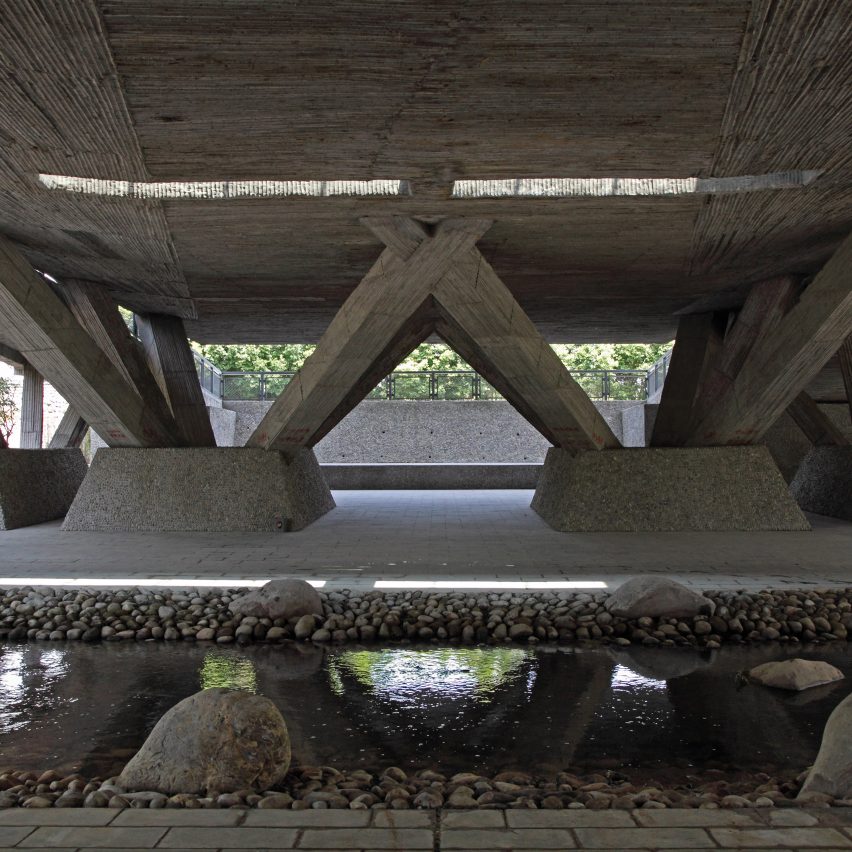
The finished tectonics represent not only a way to read the architecture, but also reveals the complex decision-making processes and planning that led from the conception to construction of these buildings. 

Okinawa is a must for brutalist architecture fans.
It was here where the Allied forces landed in 1945 for an 82-day battle. And, it is here, where only 10% of pre-World War II buildings survive, that Japan’s brutalist experimentation has taken place.
It was here where the Allied forces landed in 1945 for an 82-day battle. And, it is here, where only 10% of pre-World War II buildings survive, that Japan’s brutalist experimentation has taken place.
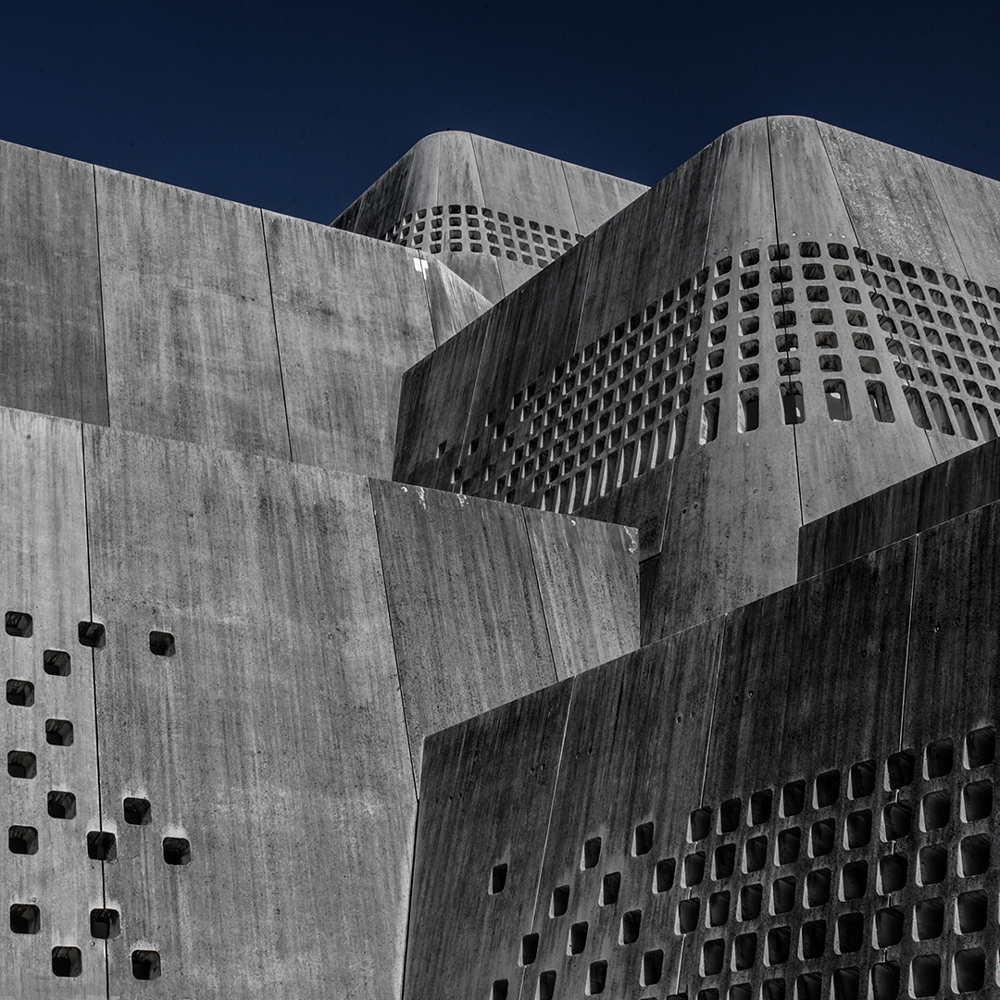
Before the World War II, Japanese buildings were traditionally made of wood and natural materials After occupation, the Americanisation of Japan filtered through not just food, culture and language but architecture, too. 

Another gem from Okinawa.
Komazawa Olympic Park Control Tower | Yoshinobu Ashihara | 1964 © Paul Tulett
Komazawa Olympic Park Control Tower | Yoshinobu Ashihara | 1964 © Paul Tulett

Nakagin Capsule Tower in Tokyo
This striking tower by Kisho Kurokawa is archetypal of Metabolist architecture – a Japanese movement that designed modular-style buildings that had the potential to constantly adapt and evolve rather than remaining static.


This striking tower by Kisho Kurokawa is archetypal of Metabolist architecture – a Japanese movement that designed modular-style buildings that had the potential to constantly adapt and evolve rather than remaining static.

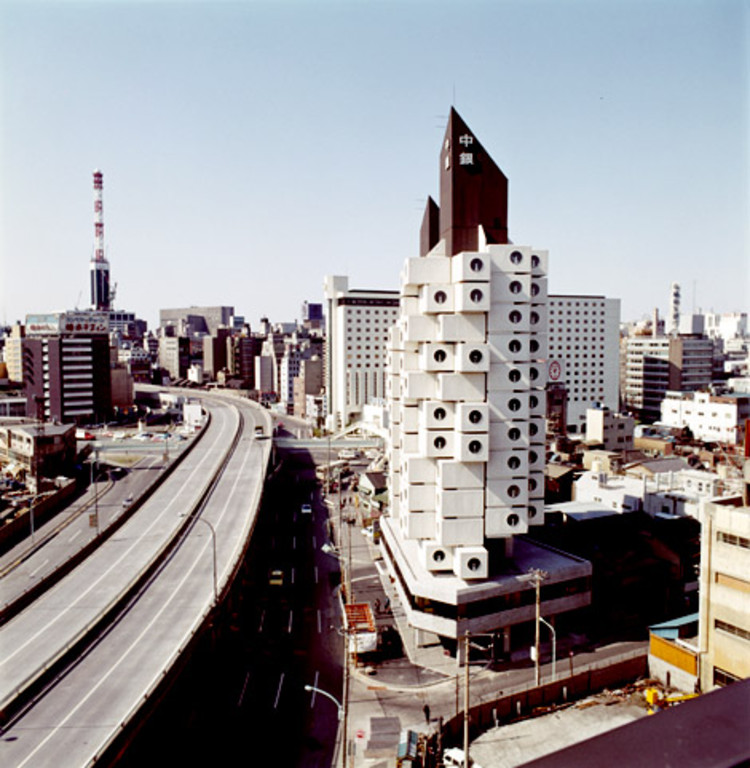

Photographer Tom Blachford travelled around Tokyo after dark to capture its concrete jewels that he immerses in a futuristic ambiance. 





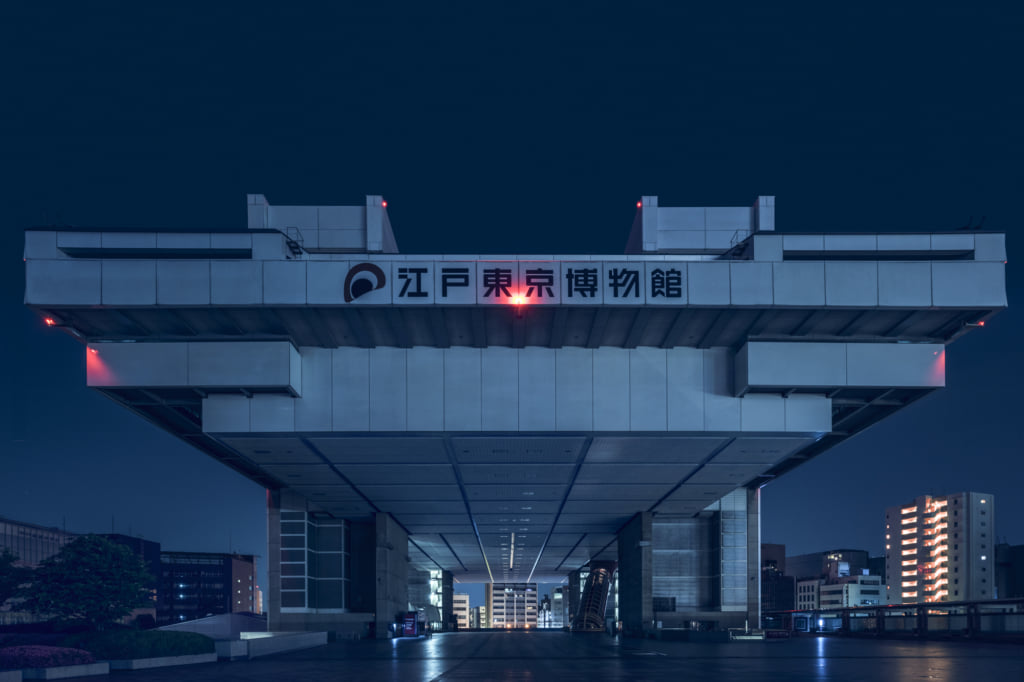

During his travels to Seoul, photographer Raphael Olivier noticed a new trend taking the South Korean capital: a crop of geometric, concrete buildings of all genres. He calls the new style Neo-Brutalism, after the modernist movement that proliferated in the late 1950s to 1970s, 
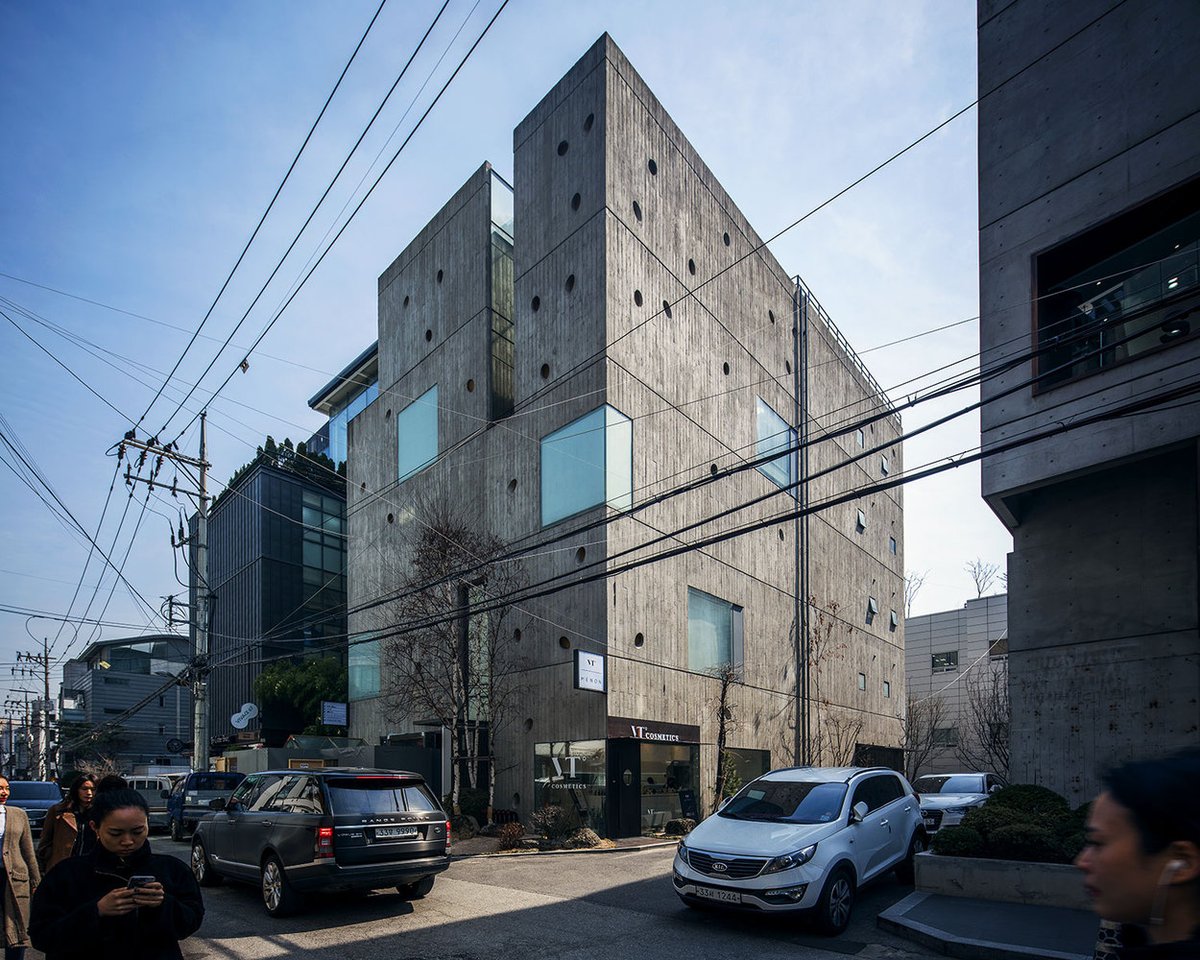
Packed into a commercial storefront and sandwiched between two other Neo-Brutalist buildings, one such project is the Torchlight Baptist Church feel like they just kind of built that.
Photo © Raphael Olivier
Photo © Raphael Olivier

Let's move to North Korea.
Pyongyang austere towers and monuments which convey a brutalist sense of leadership weaved into the urban fabric of the North Korean capital.
© Raphael Olivier
Pyongyang austere towers and monuments which convey a brutalist sense of leadership weaved into the urban fabric of the North Korean capital.
© Raphael Olivier

The Workers Party Foundation Monument features granite sculptures which refer to the founding powers of the country: workers (hammer), intellectuals (brush) and farmers (sickle). #NorthKorea
© Raphael Olivier
© Raphael Olivier

45 stories high Koryo Hotel features two revolving restaurants, however only one is open.
© Raphael Olivier
© Raphael Olivier

Many of Phnom Penh’s most cherished buildings were destroyed under the Khmer Rouge, but a number of historic sites survived and remain intact.
The Institute of Foreign Languages in Phnom Penh
One of revered Cambodian architect Van Molyvann's creations
The Institute of Foreign Languages in Phnom Penh
One of revered Cambodian architect Van Molyvann's creations

Indian city of Chandigarh was one of India’s first planned cities, created by the Chandigarh Capital Project Team, led by Swiss architect Charles Edouard Corbusier (Le Corbusier).
The result is a city that feels both futuristic, brutal and retro.

The result is a city that feels both futuristic, brutal and retro.

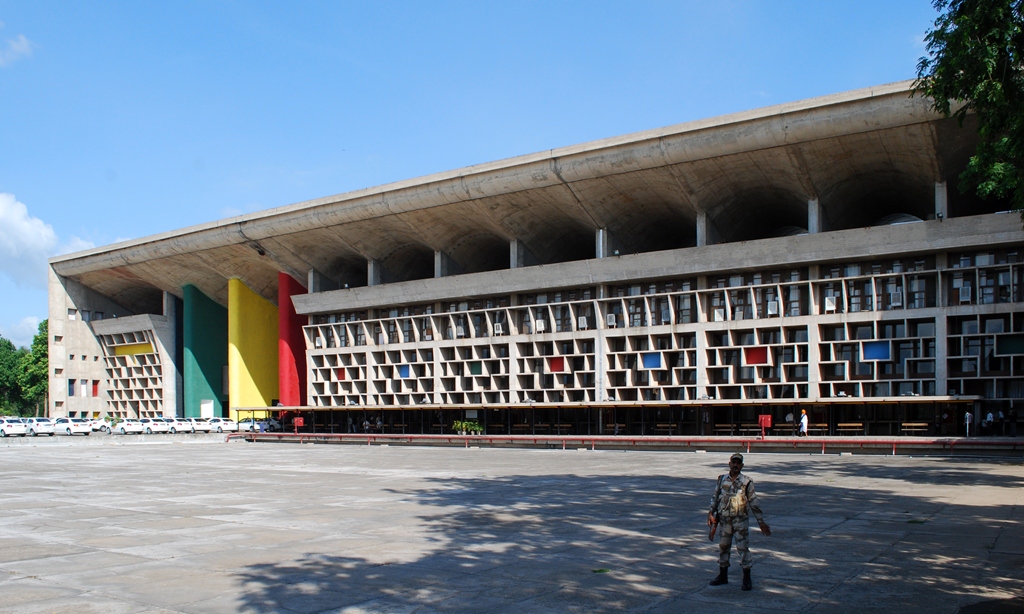
Tower of Shadows, is like a sculpture you’re allowed to hang out in. Built to create shade and let in a breeze, the structure is an oddly light and peaceful place amongst the heavy buildings in Chandigarh. 

In Bangkok, the emergence of New Brutalism architecture took place between the 60s and 70s. It was a time when the country’s development took place under American influence during the Cold War. 
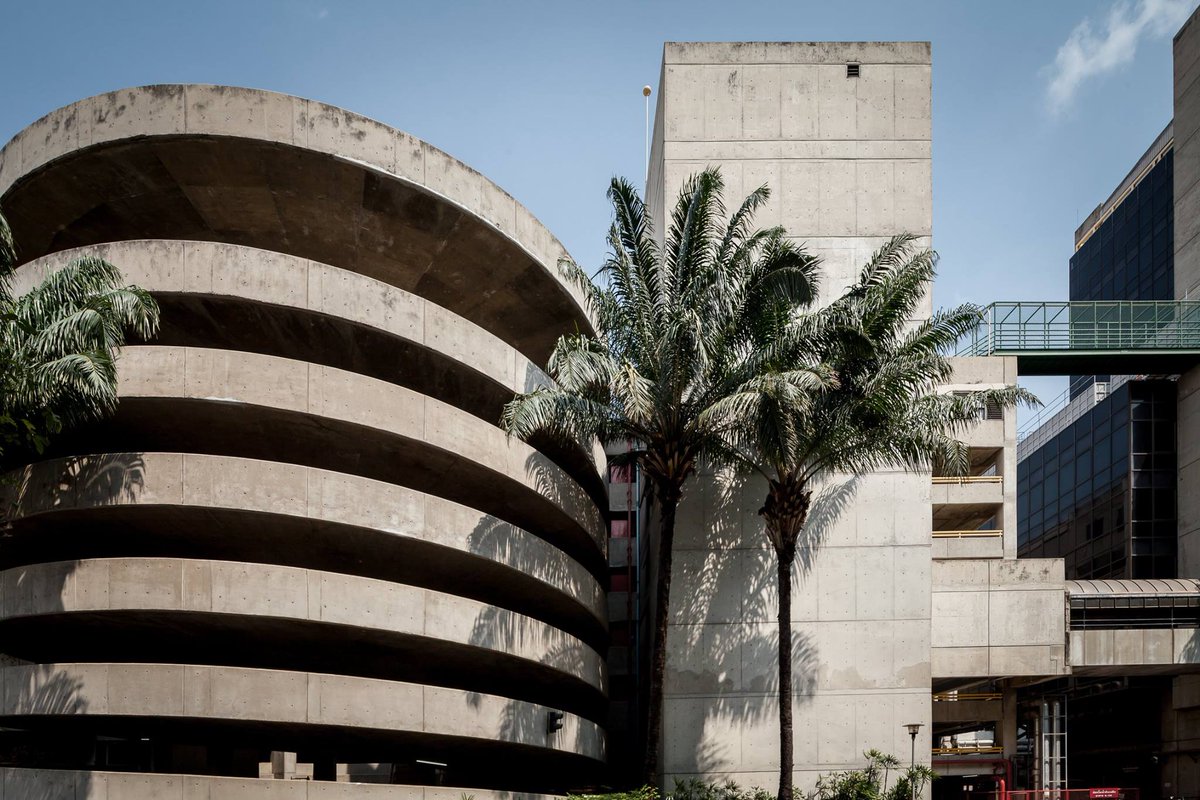
Siri Apartment, Bangkok
The original idea behind the eccentric form of the building is a circle, Dan Wongprasat’s favorite shape, which appeared in many of the buildings he designed throughout his architectural career such as Holiday Inn Silom or his own home.


The original idea behind the eccentric form of the building is a circle, Dan Wongprasat’s favorite shape, which appeared in many of the buildings he designed throughout his architectural career such as Holiday Inn Silom or his own home.


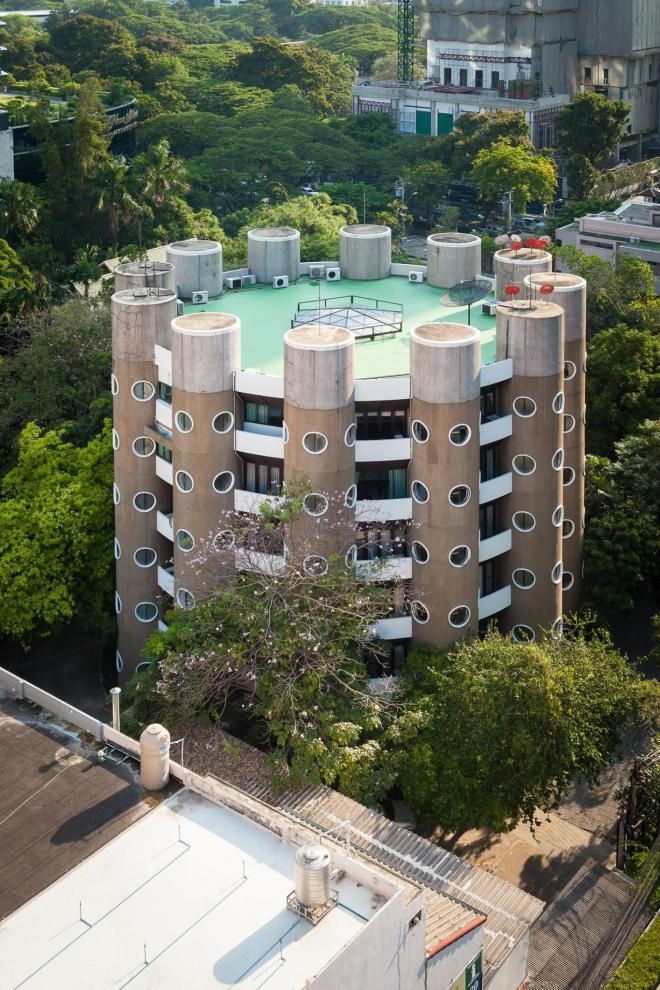
The Foundation of the Islamic Centre of Thailand, Bangkok
Paichit Pongpanluk designed the building being fully aware of its limited budget. The result was a series of connected hexagonal plans that covered all the required functional demands and spaces. #brutalism
Paichit Pongpanluk designed the building being fully aware of its limited budget. The result was a series of connected hexagonal plans that covered all the required functional demands and spaces. #brutalism
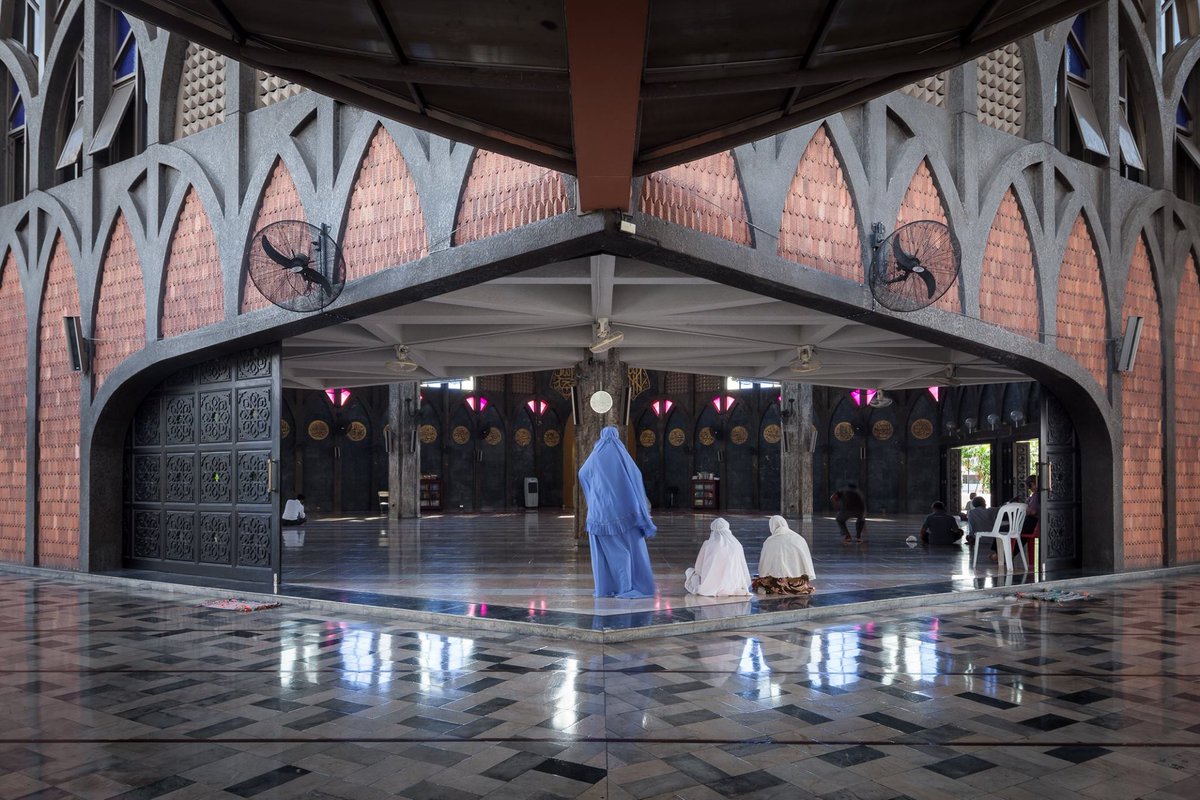
Back to the Middle East.
Azadi Tower is one of the famous monuments in Tehran which has been built in 1349, the solar Iranian calendar or 1970.
Azadi Tower is one of the famous monuments in Tehran which has been built in 1349, the solar Iranian calendar or 1970.

An abandoned concrete building in the heart of Beirut, (known as The Egg) has been everything from a cinema to a bomb shelter to a water tank, but this intervention would fill the gaps in its bullet-ridden shell with a series of lenses, reflecting the city into its vast void. 

Its construction began in 1965 but was interrupted with the outbreak the Lebanese Civil War in 1975 and the horse-shoe shaped dome that remains today is now a landmark in Beirut.
Architect: Joseph Philippe Karam
Architect: Joseph Philippe Karam
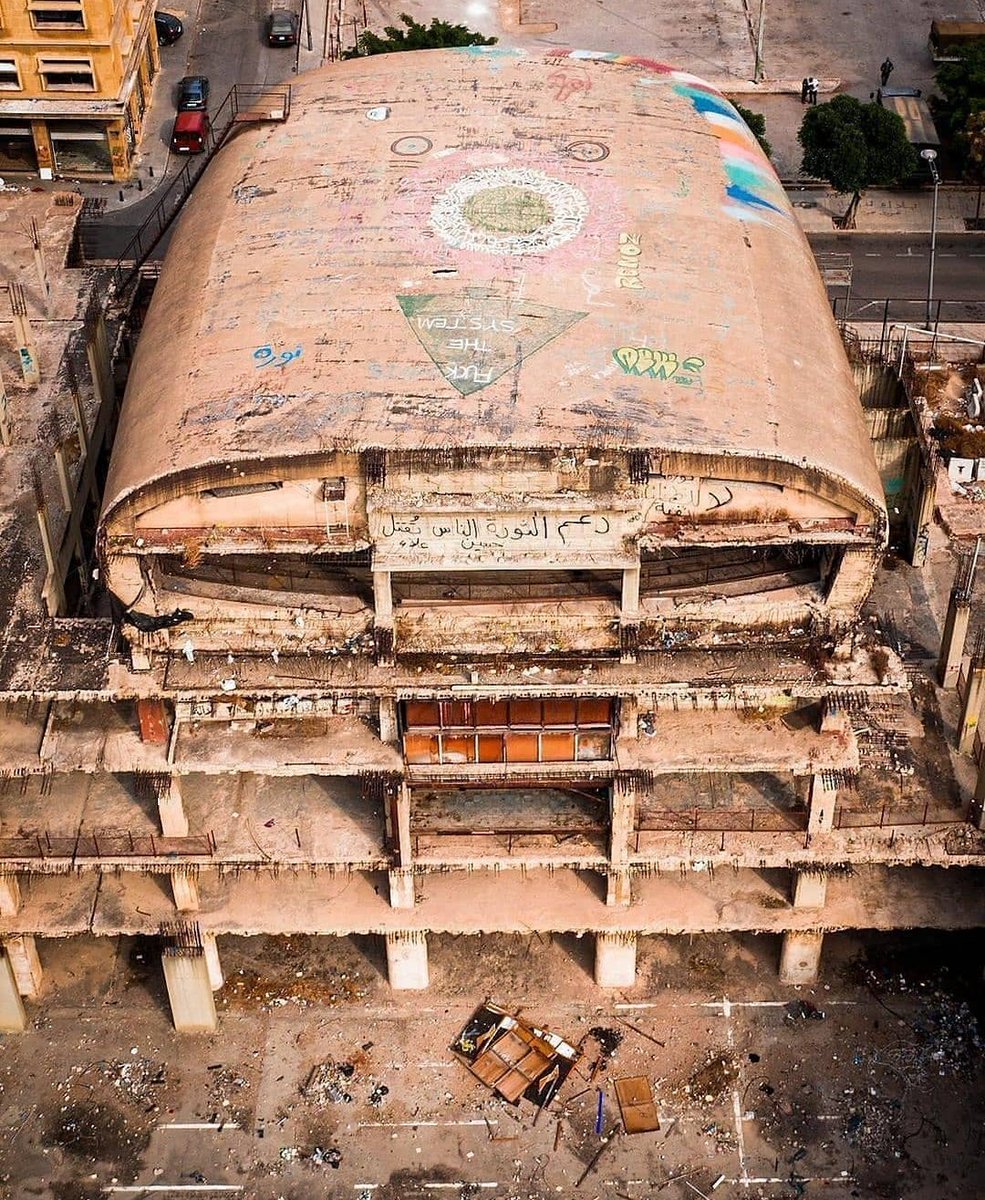
Beersheba or Be'er Sheva, much like other Israeli cities became an open-air laboratory for architecture; a place where architects, inspired by the modernism of Le Corbusier, could experiment with new ways of urban living. 



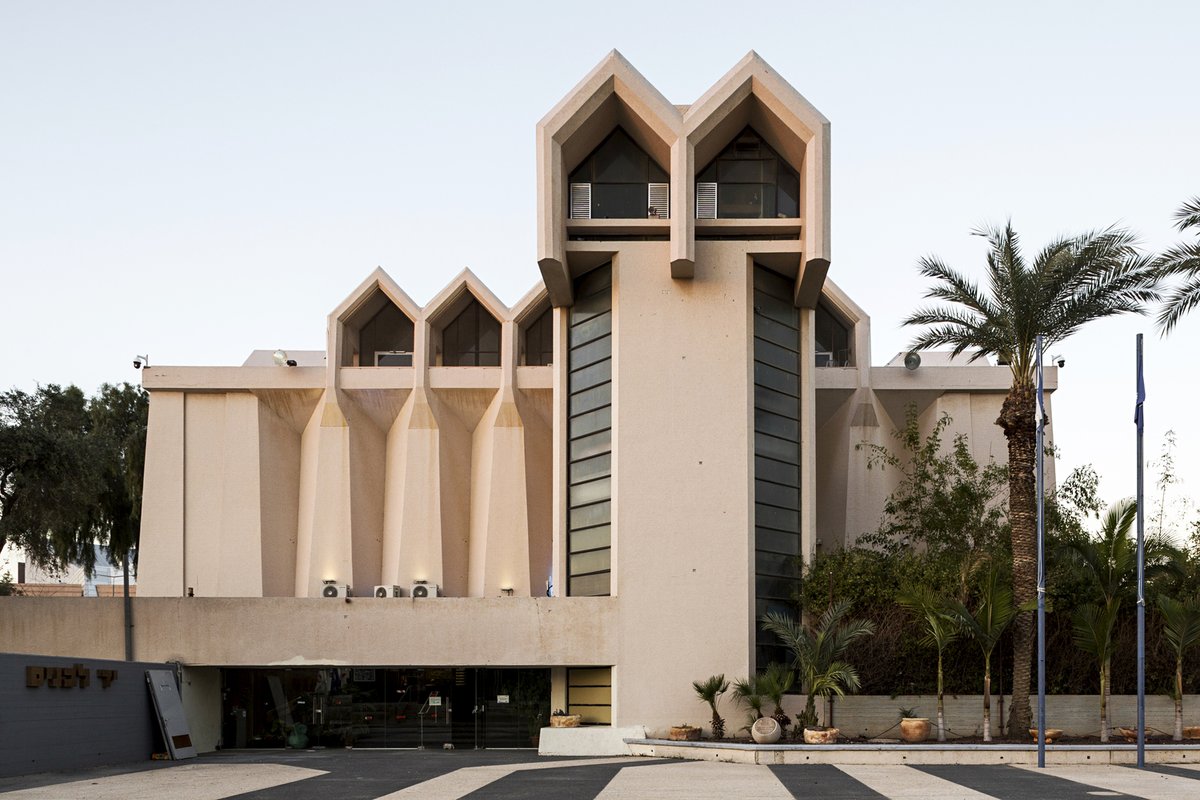
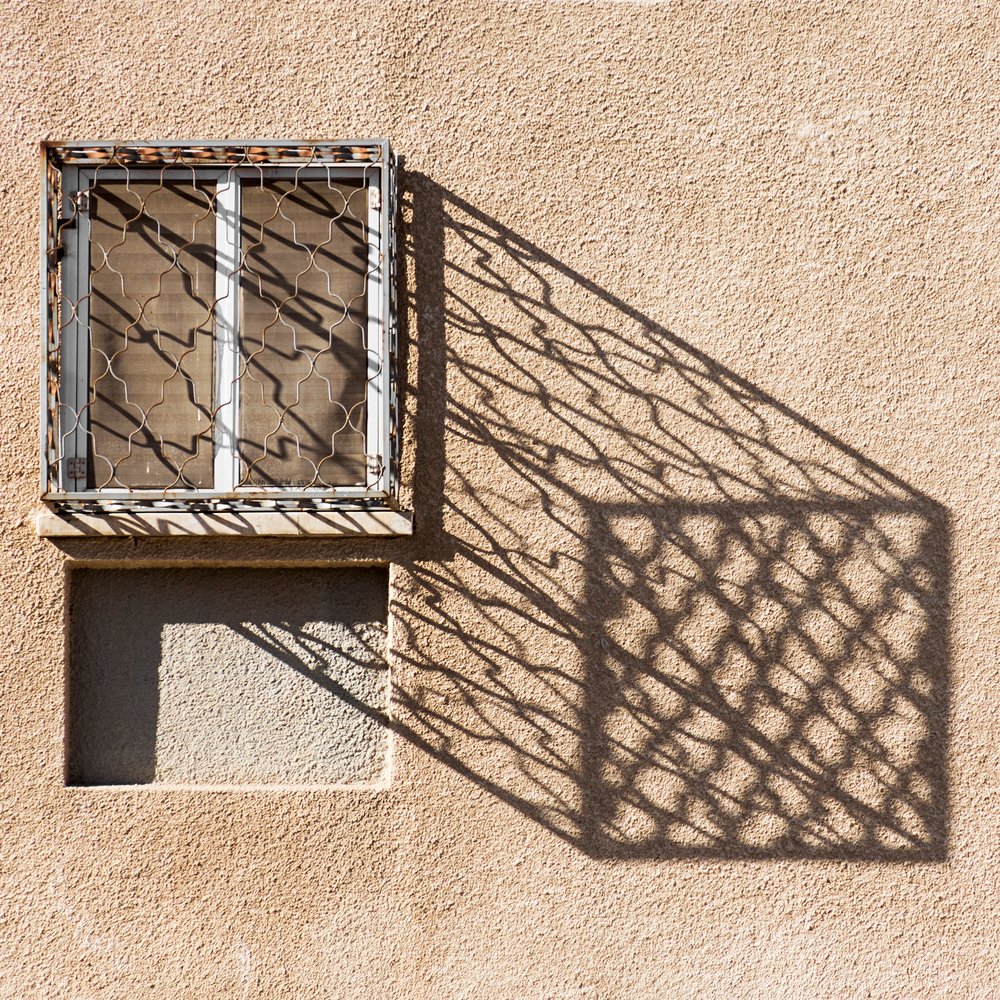
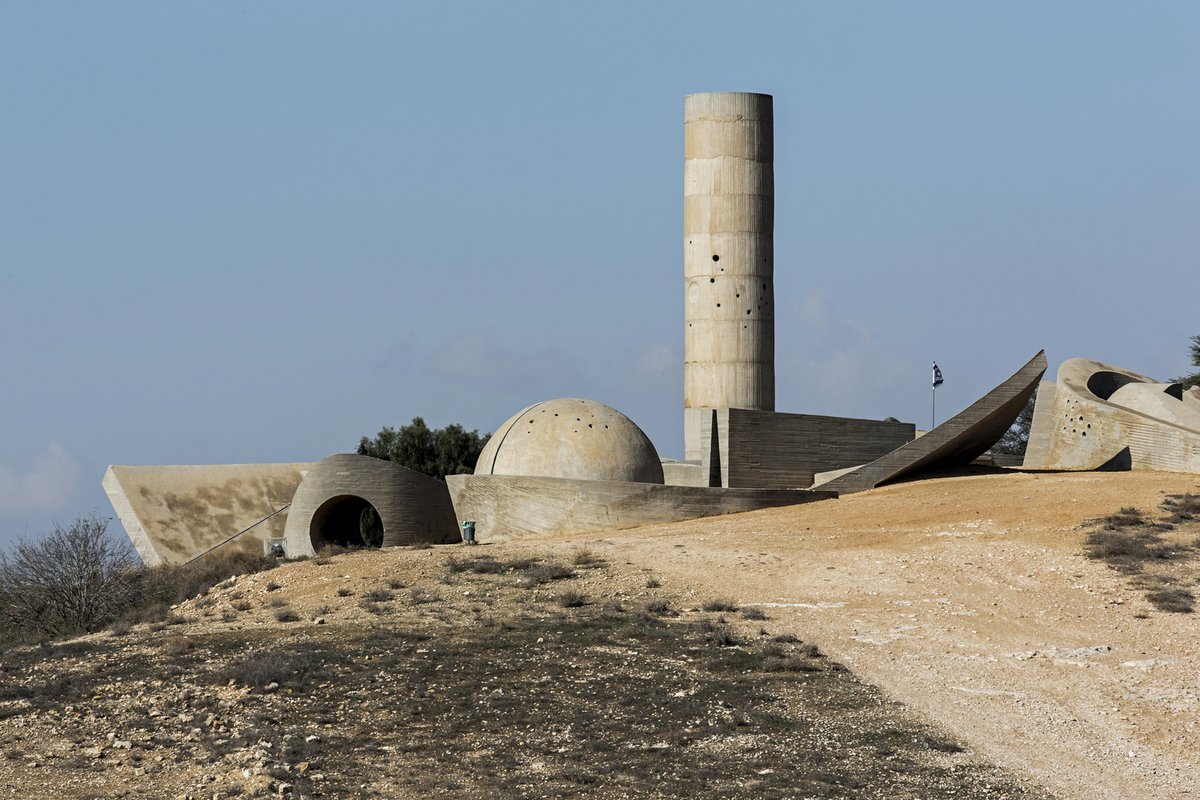

After the devastating Tashkent earthquake of 1966, many large-scale apartment blocks were quickly built to house the homeless.
The Hotel Uzbekistan, centrally located at Amir Timur square, Tashkent, is a classic example of Soviet 1970's modernist-brutalist architectural style.
The Hotel Uzbekistan, centrally located at Amir Timur square, Tashkent, is a classic example of Soviet 1970's modernist-brutalist architectural style.

Influenced by the Soviet space program and Yuri Gagarin's journey into outer space, Soviet architecture also took on ideas of the cosmos and science fiction. One such building in Tashkent is the former Lenin Museum, which now houses the vast State Museum of History of Uzbekistan. 
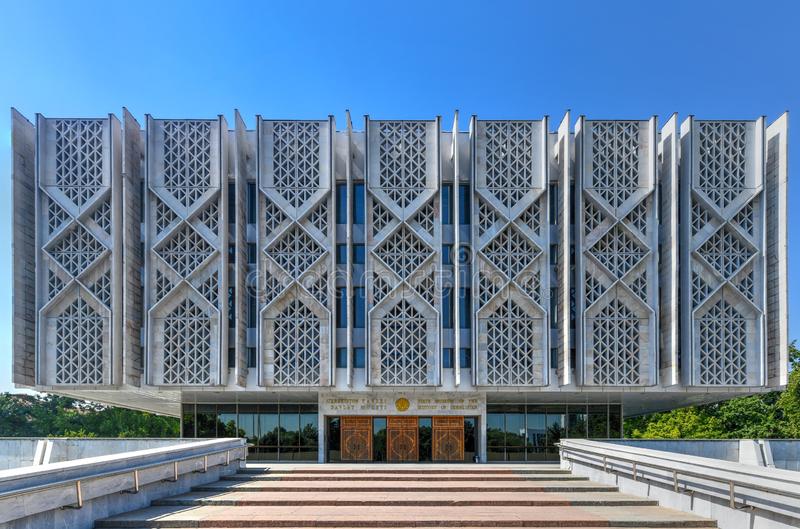
This building in Almaty, the former capital of Soviet Kazakhstan, was erected in the 1970s and now houses Al-Farabi Kazakh National University. 

This apartment block in Chkalovsk, Tajikistan, is one of the many Soviet-style buildings across Central Asia showing signs of deterioration. 

Built in the 1980s, these residential towers in Tashkent, Uzbekistan, are examples of the experimental creativity of Soviet architects. 

Built as the Kazakh State Academic Drama Theatre in Almaty, Kazakhstan, in 1981, this Brutalist landmark now houses the State Academic Russian Theatre for Children and Young People. 

• • •
Missing some Tweet in this thread? You can try to
force a refresh


